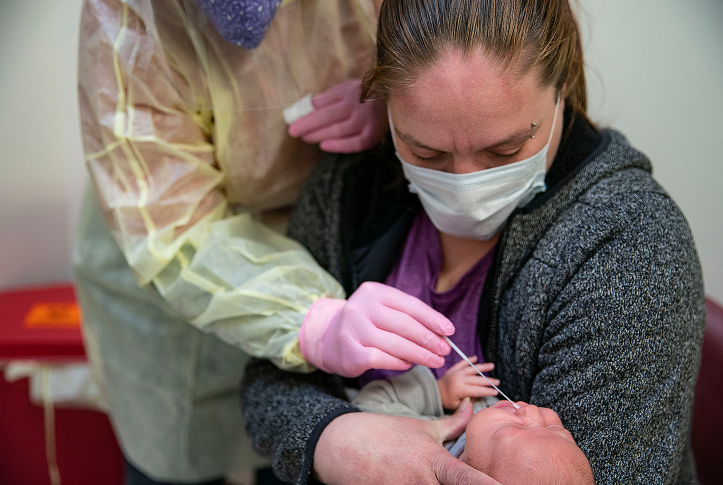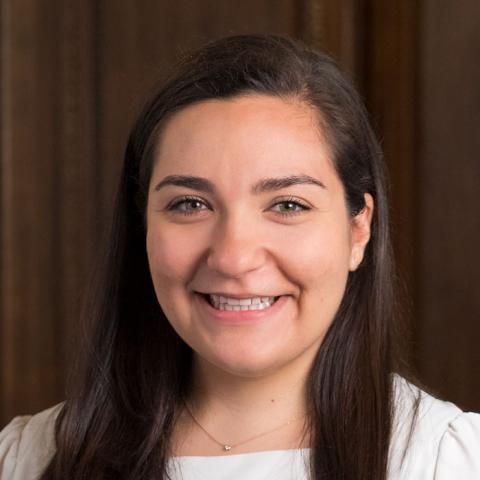The sweeping American Rescue Plan (ARP) signed by President Biden contains the most extensive health insurance improvements for Americans since the Affordable Care Act (ACA) became law 11 years ago. The number of uninsured people in the United States has risen to 30 million; in addition, some 40 million people have insurance that leaves them potentially underinsured. In this post, we look at who the uninsured are, how the ARP will help get them covered, and what additional measures may be needed. In a separate post we will examine the law’s implications for the underinsured.
Who Are the Uninsured? How Will the ARP Help Them Get Covered?
14.9 million are eligible for subsidized marketplace plans or may have an offer of employer coverage. The latest federal American Community Survey indicates there were 29.2 million uninsured people under age 65 in the United States in 2019. New estimates from the U.S. Department of Health and Human Services show that prior to the ARP, 11.2 million uninsured people had incomes that made them eligible for subsidized coverage through the marketplaces and 3.6 million had incomes too high to qualify for these subsidies. In surveys, affordability is cited most frequently as the reason eligible uninsured people do not enroll in marketplace plans. The ARP addresses this by significantly, although temporarily, increasing marketplace subsidies. This includes zero-premium plans for people earning up to 150 percent of the federal poverty level ($19,140 for an individual, $39,300 for a family of four) and capping costs for people with incomes above 400 percent of poverty ($51,040 for an individual, $104,800 for a family of four) at 8.5 percent of income.
Some in this group may have an offer of employer coverage but have not enrolled. Prior to the ARP, people in employer plans who had to pay more than 9.83 percent of their income for premiums were eligible for marketplace subsidies if their income was below 400 percent of poverty. The new law lifts the 400-percent income eligibility threshold for marketplace subsidies but does not change the affordability threshold. It does not address the so-called family glitch, in which dependents of workers in expensive family plans are ineligible for marketplace subsidies.
The ARP does provide substantial, temporary subsidies for people who lose their jobs and coverage this year: zero-premium marketplace plans for people who file for unemployment insurance and free premiums for COBRA coverage for workers who lose their job-based coverage through September 2021.
Affordability isn’t the only reason people don’t get covered. People cite lack of awareness and enrollment barriers. The Biden administration has reopened HealthCare.gov for a second enrollment period this year through August 15; all state-run marketplaces have followed suit, though some end on different days. The administration has replenished funds to advertise the marketplaces, which had been cut by the Trump administration. It also reinstated $2.3 million for navigators — community organizations that help people enroll in ACA plans, which the Trump administration had slashed by more than $50 million.
6.4 million are eligible for Medicaid or the Children’s Health Insurance Program (CHIP) but not enrolled. In the 36 states and D.C. that have expanded Medicaid, people earning less than 138 percent of poverty are eligible to enroll. Uninsured children in households at higher incomes may be eligible for Medicaid or CHIP in their states. But like the marketplaces, many of those eligible lack awareness or face confusing eligibility rules.
4.8 million have incomes below the poverty level and live in Medicaid nonexpansion states. There are nearly 5 million uninsured people living in the 14 states that have not yet expanded Medicaid with incomes below the poverty level. They are not eligible for marketplace plan subsidies but may be eligible for their existing state Medicaid program. The Henry J. Kaiser Family Foundation estimates that about 2 million people are in the coverage gap: ineligible for marketplace subsidies or their state Medicaid program. To urge these states to expand Medicaid, the ARP provides significantly more federal funding. But early state responses to these incentives suggest this approach could leave some of the poorest people in the country uninsured for years to come.
3.1 million are undocumented immigrants. The ACA marketplaces and Medicaid do not allow undocumented immigrants to enroll in either option.
What Additional Policy Changes Are Needed?
The Congressional Budget Office estimated the increased financial support in the ARP will cover 2.5 million people who otherwise would have been uninsured between 2021 and 2023. About half of the increase comes from the enhanced premium tax credits, with about 1.3 million uninsured people gaining coverage in 2022. These limited coverage improvements likely stem from the temporary nature of the provisions. There are several additional ways Congress and the administration could get more people covered, including:
- making the ARP premium tax credit enhancements permanent and improving the cost-protection of marketplace plans
- allowing people with incomes below poverty in Medicaid nonexpansion states to enroll in marketplace plans
- fixing the so-called family glitch
- fully reinstating funding for navigators and further expanding advertising and outreach efforts
- encouraging enrollment in marketplace coverage and Medicaid by lifting enrollment barriers, simplifying plan choices, and letting eligible people enrolled in other public programs like food assistance automatically enroll in Medicaid
- offering a choice of a government-operated “public plan” through the marketplaces and creating a mechanism that would automatically enroll uninsured people
- allowing people with offers of employer coverage to enroll in the public plan.
New estimates from the Urban Institute indicate that the first two items alone could insure 7.5 million people in 2022 at a federal cost of $56 billion. Prior research has shown that combinations of these changes could enable the United States to cover all Americans with an increase in annual federal spending of $122 billion to $161 billion. If the Supreme Court upholds the constitutionality of the ACA in California v. Texas, Congress will have the tools it needs to make further coverage inroads. It just needs the political will.





